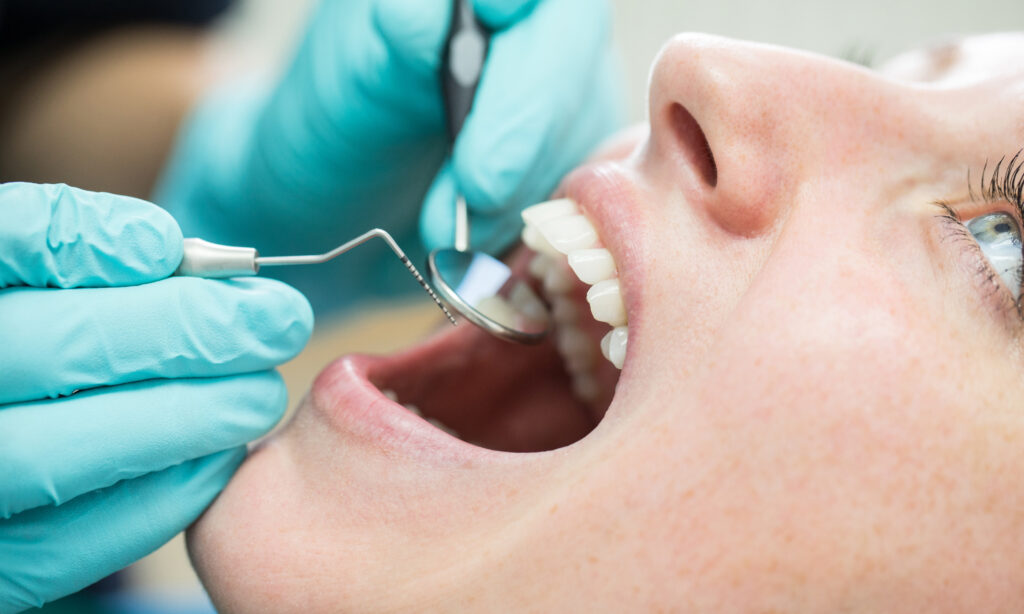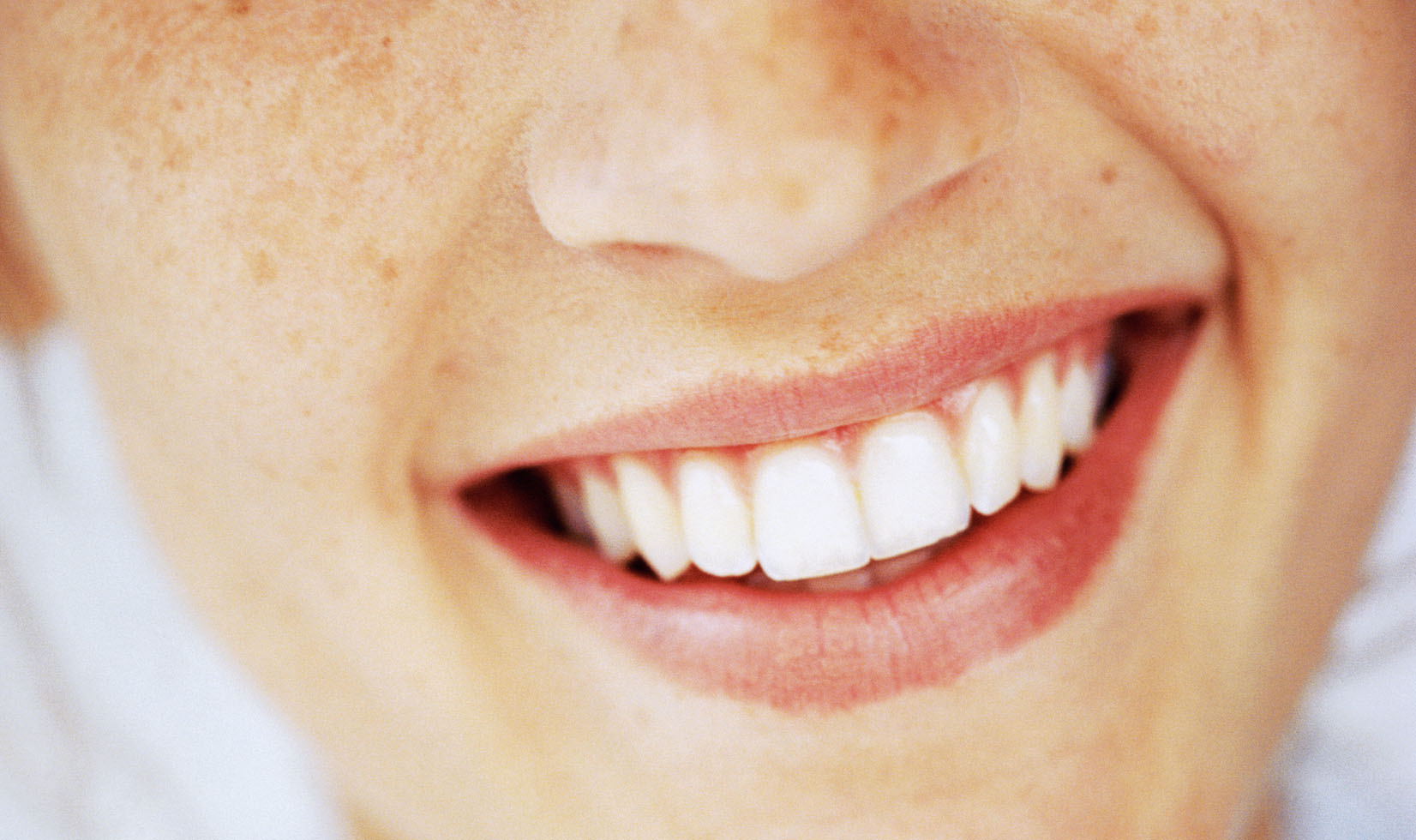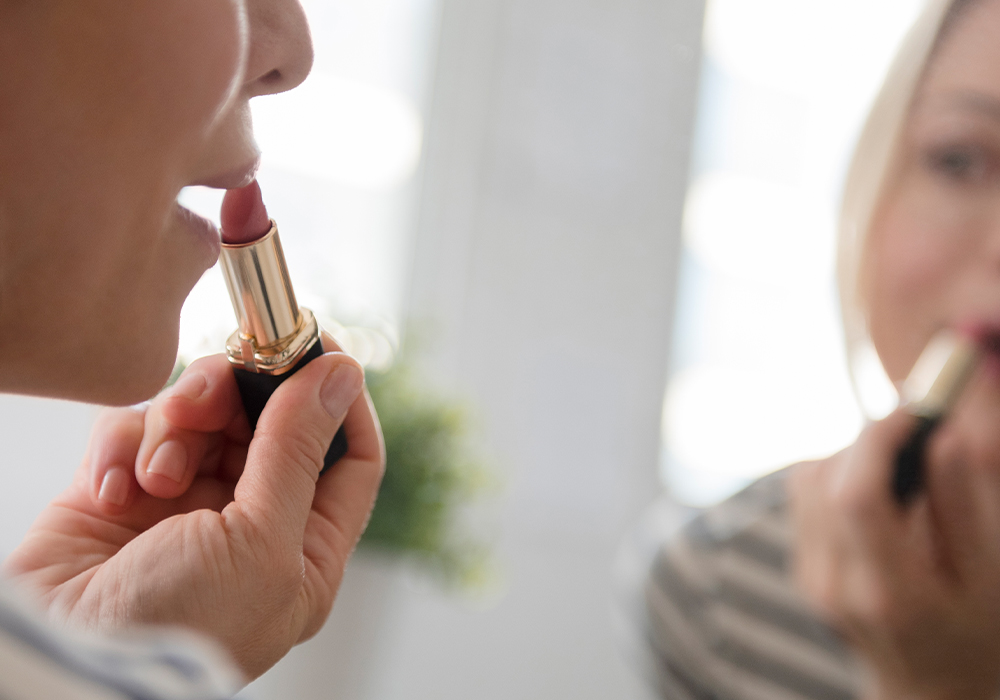Though not talked about as often as veneers, crowns are commonly needed for many people to maintain a healthy smile. You may also hear people refer to them as “caps.” I recently experienced my first root canal on a back molar, which required a crown afterward. The process was much more involved than I had expected and I had a ton of questions. So, if this is happening to you, or you need a crown for any other reason, here’s what to expect. In the end, I was impressed with the incredibly natural look of the crown. It blends right in with my other teeth.
Featured Experts:
- Sonya L. Wintzell, DMD, a cosmetic dentist in Huntsville, AL
- Brian A. Klaich, DMD, a cosmetic dentist in Pittsburgh
- Robert M. Klaich, DMD, a cosmetic dentist in Pittsburgh
- Joe Kravitz, DDS, a cosmetic dentist in Rockville, MD
What are crowns?
“Crowns are custom-made porcelain coverings that are used to strengthen teeth as a replacement for natural enamel,” says Pittsburgh cosmetic dentist Brian A. Klaich, DMD. Just like a crown that you wear on your head, a dental crown fits over the top of your natural tooth. Some dentists choose to use other materials for their crowns rather than porcelain. “We have an in-house artist technician who uses zirconia and yttrium ceramic materials to make crowns,” adds Rockville, MD cosmetic dentist Joe Kravitz, DDS.
When do you need a crown?
Huntsville, AL cosmetic dentist Sonya Wintzell, DDS says crowns are needed when there is not enough healthy tooth structure available to function and chew on without causing damage to the tooth. “The tooth structure could be compromised due to decay, trauma or fractures in the teeth from grinding or bad alignment,” she explains. “The crown is restorative in nature.”
Do you always need a crown after a root canal?
“Following root canal therapy, a tooth no longer receives nourishment from the body. It therefore becomes more susceptible to fracture,” explains Pittsburgh cosmetic dentist Robert M. Klaich, DMD. “The back teeth, which primarily function to bear the brunt of chewing, benefit from the protection of a crown. Front teeth are less likely to fracture following a root canal. They usually do not require a crown unless a large part of the tooth is missing.“
What does getting a crown involve?
“When you look at a tooth, you consider it to have five sides: the chewing side, the cheek side, the tongue side, and the two flossing sides,” Dr. Wintzell explains. “All of these sides have to be reduced by 1 to 2 millimeters, depending on the material being used to make the crown. Once this is done, an impression will be made or a scanner will be used to take a digital impression to send to a lab. A scanner takes multiple photos to capture all the detail prepared by the dentist. Some dentists have CAD/CAM milling machines where they can mill your crown the same day.” In this case, the permanent crown will then be placed. It fits over top of and is glued—dental cement is typically used—onto the remaining tooth.
Other dentists send the patient’s digital impressions to a lab to create the permanent porcelain crown. In this case, “it usually takes two visits to complete the process of getting a crown,” says Dr. Brian Klaich. This is because a temporary crown needs to be placed while the permanent one is being made. Your dentist can also make your crown a shade or two whiter than your natural teeth if you are planning to have your teeth whitened afterward.
Depending on your dentist, it can take two to three weeks to receive your permanent crown. If your temporary crown happens to fall off during this time, your dentist can put it back on. There may also be some short-term discomfort as you get used to your new crown.
Is getting a crown painful?
The dentist will numb you before the tooth is shaved down and fitted for the crown, so there’s the typical pinch of the anesthetic injection, but not much else. However, some post-treatment discomfort is not uncommon.
For me personally, I had some irritation around my gum line after my temporary crown was placed. It didn’t feel so great for three to four days, but I managed it with Advil. The size of the temporary crown was also larger than my natural tooth had been, so it felt a little out of place in my mouth. However, I knew I just had to bear with it for three weeks. And funny enough, the morning of my appointment to get my permanent crown placed, my temporary came loose while brushing my teeth. Perfect timing.
I also want to note that I did not need any numbing for my second appointment, which was to have the temporary crown removed and the permanent one placed.
Can you eat hard and sticky foods with a crown?
It’s best to avoid this while you have a temporary crown. However, once your permanent crown is completed, “there’s no reason to treat it any differently than your natural tooth,” says Dr. Robert Klaich. Dr. Wintzell adds that the one exception is sticky foods. “They can cause the cement to fatigue quicker than non-sticky foods. If this happens and the crown comes loose, your dentist will usually be able to clean it and re-cement it in rather easily.”
Can you use an electric toothbrush and floss like normal when you have a crown?
Though you may feel the urge to be extra gentle around the crown, you don’t want to forgo your usual hygiene habits. Dr. Brian Klaich says, “Brushing with an electric toothbrush and flossing are the best way to care for your crown.” You can also use a water flosser.
How long does a crown last?
Crowns often last decades if taken care of properly, says Dr. Robert Klaich. “Patients with high decay rates are more likely to require replacement sooner. A minimum of 10 years is usually a target at our office.”
“The literature says five to seven years,” adds Dr. Kravitz. “Others say up to 20 years. Time is dependent on proper home care, prevention guidelines, and the quality of the dental materials used.”
If you grind or clench your teeth, can it cause problems for a crown?
“Protecting your investment with a night guard is always a good idea,” says Dr. Wintzell. It will also protect your natural teeth. “Most people in the dental industry wear night guards for a reason. If you can crack a tooth, you can break a crown.”

















